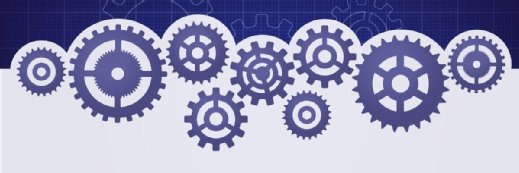
alphaspirit - stock.adobe.com
An HR-IT working group can coordinate HR tech plans for LOBs
With this five-step process, a four-person team of people who know both HR and IT can help ensure that technology meets the needs of every line of business in your company.
Every line of business is focused on providing an excellent set of goods and services to its customers. But to serve those customers well, the LOB needs highly trained personnel to build products and provide technical support.
To a large extent, the LOB will require both software from IT and expertise from HR to accomplish its goals.
Let's take a close look at how IT, HR and the LOB can work together on an HR technology plan for the LOB.
The process consists of the following five major steps:
1. IT and HR join at the hip to form an HR-IT working group
It is imperative that IT and HR form a small working group, which we can call HR-IT. It should consist of two IT experts who understand HR, and two HR experts who understand IT. A membership of four is ideal.
This HR-IT working group will lead all interactions with the LOB with respect to HR technology to be purchased and deployed for the LOB.
2. HR-IT publishes a list of key HR areas
There is nothing magical here, but making a list of key HR functions will prove highly useful in the collaborations to follow. Here is an example of such a list:
- Recruitment
- Onboarding
- Talent or workforce management
- Compensation and benefits
- Regulatory compliance
- Performance management
- Learning and development
- Engagement and retention
- Succession planning
3. HR-IT publishes a list of existing HR-centered applications
In this step, the HR-IT working group shares a list of business applications that it believes are being used to manage LOB staffing and other key elements. The list will include ERP software, third-party business applications and homegrown applications.
For each application, HR-IT indicates which of the nine HR functional areas are affected. This could easily be depicted in a matrix with, for example, vendor names and products across the top, HR functions on the left and checkmarks in the appropriate boxes.
The HR-IT working group supplements this application list with a second document on data integration and business intelligence (BI). This document covers how the applications are integrated. For example, Workday might be integrated to an Oracle ERP core. It also includes data warehouses or how data from the applications is put into a data store to support reporting and BI.
The materials are now ready for the LOB to review.
4. The LOB reviews its HR-IT assets
The LOB now matches its software assets to its departments, such as sales, operations, etc. Here are the key questions:
- Who is using these applications?
- Are the processes handled in the applications adequate?
- Where can processes be improved?
- Are the reporting and BI tools adequate?
The LOB could then provide another matrix showing the above breakdown to each of its departments. It should also provide a list of applications it has bought or built.
5. HR-IT and the LOB hold a series of meetings
The first set of meetings held by the HR-IT working group and the LOB focus on analyzing the current state and the business processes and data assets used by the LOB.
The first major question is whether the business processes are well understood and meet the needs of the LOB. The second question revolves around data availability, reporting and analytical tools. HR-IT and the LOB then agree on how to improve the current state.
It will take the LOB departments about a week to gather the data for this step, followed by three or four meetings over the following two to three weeks. Notes should be taken and published. Understanding and improving the current state is a necessary condition for moving forward.
The second set of meetings are forward-looking and driven by four main questions: What are the new corporate imperatives? What do these new imperatives mean for the LOB? What new technology plans does HR-IT have on the drawing board? And how might those plans change based on the new imperatives?
It will take two or three more meetings to get this right.
To summarize, forming an HR-IT working group provides a consistent view of HR technology to the LOB. Interactions among the players are helped immeasurably by publishing HR-IT information assets, facilitating an in-depth review by the LOB, and creating a plan for moving forward. Understanding the current state and resolving issues are necessary conditions for future planning and execution.








